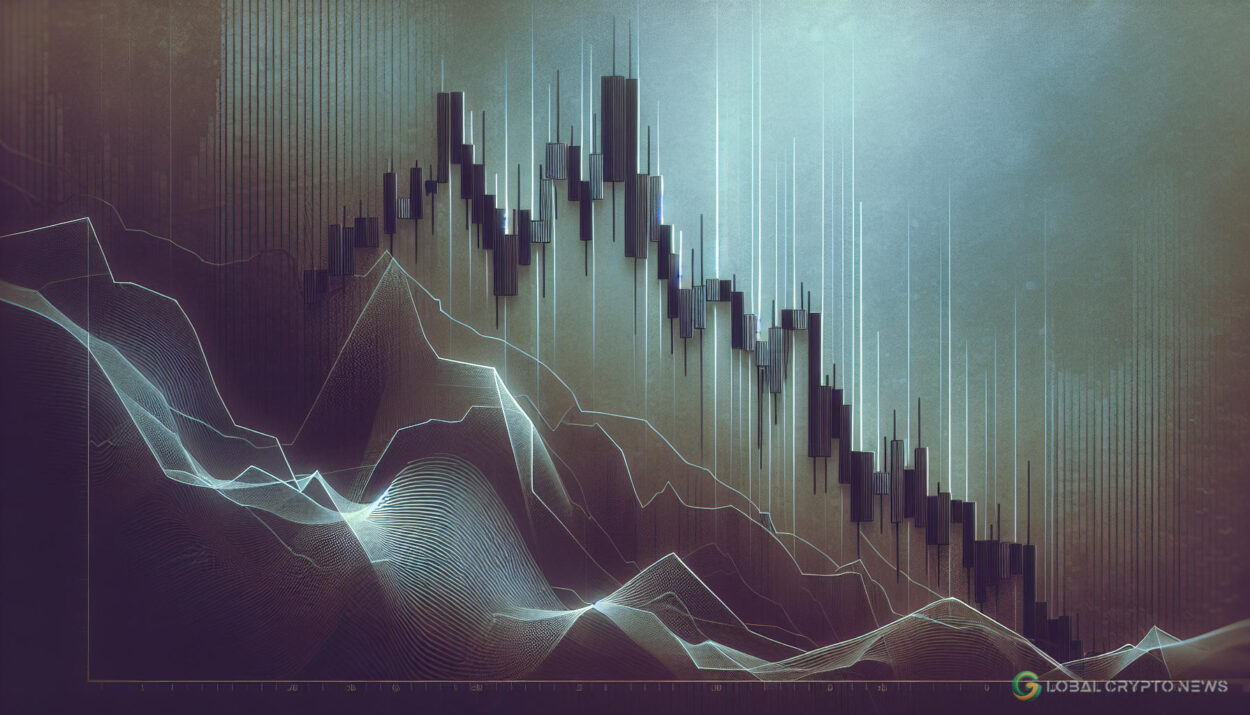“`html
Raydium’s token (RAY) experienced a significant price surge of over 12% on Thursday, June 19, reaching an intraday high of $2.7040. This marked a 40% increase from its lowest point earlier in the week. However, the token later retraced gains, trading at $2.30, with a current market capitalization of $598 million. Despite this price movement, third-party data indicates that Raydium is facing challenges in terms of active users and market share in the decentralized exchange (DEX) industry.
Decline in Active Users
Data compiled from industry sources reveals that Raydium’s active transacting user base has been steadily declining. The platform now has approximately 838,000 active users—a significant drop of 81% from its peak of over 4.4 million in December. This sustained decline in user activity highlights the platform’s struggle to maintain engagement in a competitive DEX market.
Market Share Erosion
Raydium has also seen a notable loss in market share within the DEX sector. Over the past 30 days, the platform processed transactions worth $21.9 billion. In comparison, competitors such as PancakeSwap and Uniswap reported transaction volumes of $138 billion and $95 billion, respectively. On a daily basis, Raydium’s trading volume lags behind these major players, with its $467 million daily volume trailing PancakeSwap, Uniswap, Pump, and Aerodrome.
Most concerning is the steep decline in Raydium’s monthly transaction volume, which has plunged by 90% since January. The platform’s transaction volume fell from $124 billion in January to just $12 billion this month. This significant drop underscores the challenges Raydium faces in sustaining its position in the competitive DEX ecosystem.
Impact of Solana Meme Coins
The decline in Raydium’s performance has been closely tied to the underperformance of Solana-based meme coins. Data shows that these tokens have collectively lost more than 15% of their value over the past week, reducing their total market capitalization to $9.7 billion—a sharp fall from $30 billion in January. Historically, Raydium’s trading volume spikes when these tokens are on the rise, but their recent bearish trend has contributed to the platform’s reduced activity.
Revenue Decline
The drop in transaction volume has directly affected Raydium’s revenue. Monthly revenue has plummeted from $58 million in January to just $1.9 million this month. This sharp decline in earnings further highlights the platform’s current struggles.
Technical Analysis of RAY Price
On the technical front, Raydium’s price chart presents a bearish outlook. The three-day chart indicates that the token peaked at $8.5285 in January before declining to its current levels. The price has fallen below both the 50-day and 100-day Exponential Moving Averages (EMAs), which have formed a bearish crossover—a signal of potential further downside.
Additionally, a head-and-shoulders pattern has emerged, which is a common indicator of a bearish reversal. If this pattern plays out, RAY’s price could decline toward the $1.40 support level, last seen on April 10. However, a move above the right shoulder level of $3.820 would invalidate this bearish setup and potentially signal a recovery.
Key Takeaways for Investors
- Raydium’s active user base has declined sharply, dropping 81% since December.
- The platform’s market share in the DEX industry is shrinking, with monthly transaction volume down 90% since January.
- Revenue has fallen significantly, impacted by lower trading activity and the underperformance of Solana-based meme coins.
- Technical indicators suggest a bearish trend, with a potential decline toward $1.40 unless key resistance levels are broken.
As the cryptocurrency market continues to evolve, investors should closely monitor Raydium’s performance, alongside broader trends in the DEX and Solana ecosystems. For those interested in decentralized finance, staying informed about market dynamics is essential for making sound investment decisions.
“`
























